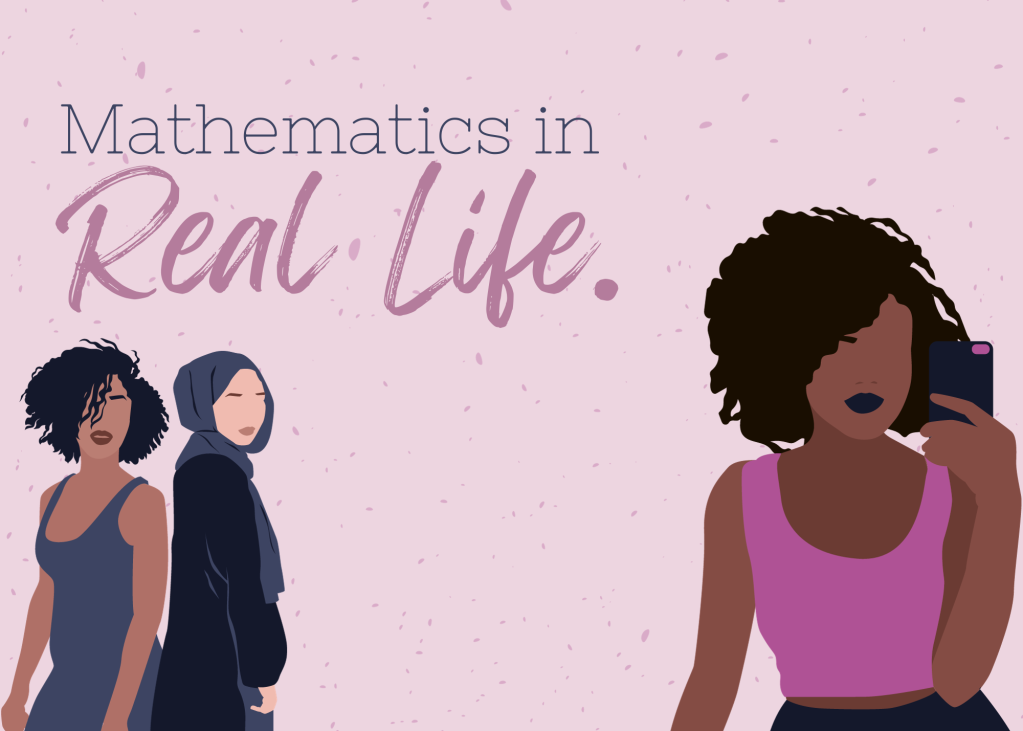Math is difficult for some.
I know this because sometimes math can be difficult for me. Most students get stuck in an endless loop when it comes to mathematics—a loop that usually fosters hatred for mathematics.

The cycle will remain endless if you don’t break it somewhere. Where you break it is at the ‘practice’ stage. Good practice habits can help you to foster a deep understanding of mathematics, which will reflect on your tests and assessments.

And who doesn’t feel good when they get an A in a rather difficult subject?
The question is, however, how do you break that cycle?
Well, here is one thing you should NOT do: practice math in isolation.
What is Practicing Math in Isolation?
The isolation method of practicing math is trying to solve math problems without any guidance or structure. You go home, open your math book to tackle some problem questions given to you for homework, but you do it without guidance.
You may get through on the first step, but you may blank out when you don’t know what to do after.
Let’s take a rather difficult problem.

For someone who practices math the right way, this may seem like a simple problem, but to someone who has just learned this, tackling this head-on without some sort of guidance may be tricky.
There are so many parts to this equation and if you don’t know where to begin, it will be easy to get lost. This is why practicing mathematics in isolation is a BAD idea.
What You Should Do Instead
There are several ways to practice mathematics to help you get an idea of how to tackle a problem like this, and I would like to share with you the five (5) methods I use to practice mathematics.
We’ll solve the above problem together and you will come away learning something new.
1 | Redo Example Questions Already Given
Introduced to me by one of my colleagues, the Do Over Method is a very effective way to practice math problems. In this method, you simply take a question you have done in class (along with the solution), and (as the name suggests) ‘do it over’ until you get a grasp of what you’re doing.
The good thing about this method is that you have a guide with you—the example you did in class. All the steps will be there, plus the working solution. All you simply need to do is repeat the question several times over, examining each step until you feel confident that you can do it on your own.
2 Use the Answer Key to Help Solve the Question
If you’re practicing mathematics from a textbook, more than likely it will have an answer key with step-by-step methods on how they arrived at the answer.
Use it.
It may ‘feel’ like cheating, but it is not. In fact, this is the main way that most people who are good at math practice it. They actually use the answer keys provided for them while practicing. They will read through each step, then try to complete each step on their own.
Combined with the Do Over Method, the Answer Key Method can help you form an understanding of what you’re doing at each step. It provides guidance and helps boost your dopamine levels when you arrive at the answer.
3 Find Similar Questions and Swap Numbers
If you don’t have an answer key, you can always search for problems that are similar to the one you’re solving. You may have several examples in your math book with the steps to help you. All you simply need to do is swap the numbers.
The Equivalent Question Method is similar to the Do Over Method in that you are solving the equation several times over for understanding. However, it would be a tad bit difficult because you may not know what the answer actually should be.
However, by practicing your question over and over again with the swapped numbers, it should help you to strengthen your understanding of the concept. Plus, trying over and over again can help you to see where you may be making mistakes if you’ve arrived at a different answer from the first one.
4 Use Video Tutors To Guide You
Stuck in a rut? Head on over to YouTube to see if you can find a similar problem to the one you’re trying to tackle. First, watch the video without solving anything. Then, try to solve the equation provided by the YouTube tutor first. Pause the video when needed. Then, play it again, but this time solve the question that you are trying to tackle.
This method is quite helpful and helped me through my college years during COVID-19 when I did Calculus. By using YouTube videos as a guide, I felt like I had my own personal tutor. Plus I could replay and pause as many times as I needed to help me understand.
5 Find Online Sources With Similar Questions
If you’re struggling to find something in your notebook, perhaps an online blog may help you out in this area. Google the topic you’re tackling and find blogs that have questions similar to yours.
You can read through the blog and tackle their examples step-by-step before attempting to tackle yours. It’s a great alternative if you don’t have an Answer Key or you don’t have guided examples in your book.
Let’s Solve the Above Equation

Let’s try to solve the above equation because I promised. The above is an algebraic equation involving four (4) operations. Plus, we can see that our variable, b, is on both sides of the equation, making this a rather difficult problem.
Or so it seems…
There are two things I see that can be tackled immediately.
- Canceling the 2 on the right side of the equation
- Distributing the 18 on the left side of the equation
I think that method one would be easier since I’m likely to run into some problems if I remove the brackets too early.
So, let’s do that.

You can see that I’ve gotten rid of the 2 (which is actually ½) by multiplying its inverse. That cancels out, but we need to balance the equation, so I multiplied by 2 on the other side.

Step two now tells me to multiply the 2 and 18, since that’s all I can do for now. Once I’ve done that, I can use the distributive method to take the b out of the bracket.

Step three, we expand or distribute so that our b is no longer trapped inside a bracket. Once we remove the bracket, we see that the problem is a tad bit easier to solve. Especially since we can now work with the stand-alone numbers (constants) much better.

In step four, we will move our 8 to the other side of the equation using the balance method so that we can at least get one b by itself. Note, you can do this with any of the constants. It doesn’t necessarily have to be 8.
Once the 8 is moved to the other side, I can simplify 324 + 8 and move onto the next step.

We have our 6b all by itself, so I can move the 36b to the other side to join it. Just like before, I use the balance method to get rid of the 36b on one side of the equation. However, since 36b is a positive integer, I’ll need to get rid of it using its negative inverse.
This is where I’ll need to be careful because -36b goes behind 6b, so it’s written like this:
6b – 36b
Once I simplify the above expression, I’ll be left with a negative number. Don’t panic when you see negative numbers.

Once again, I’m using the balance method to remove the coefficient of -30 that’s attached to my variable (remember, we want the variable by itself).
The inverse of multiplication is division, so that’s what I’ll do. To keep the equation balanced, I will do the same thing on the left side of the equation.
Once that’s all done, I can simplify to find b. Remember that our final answer needs to be negative since we have one negative number in our problem. I usually simplify and leave my answers as a fraction. It’s better that way for me.





Leave a comment